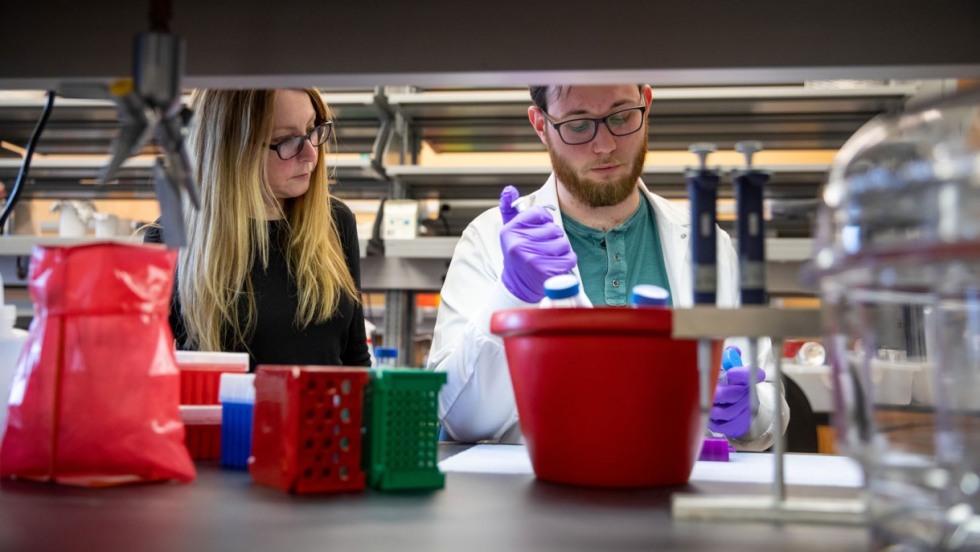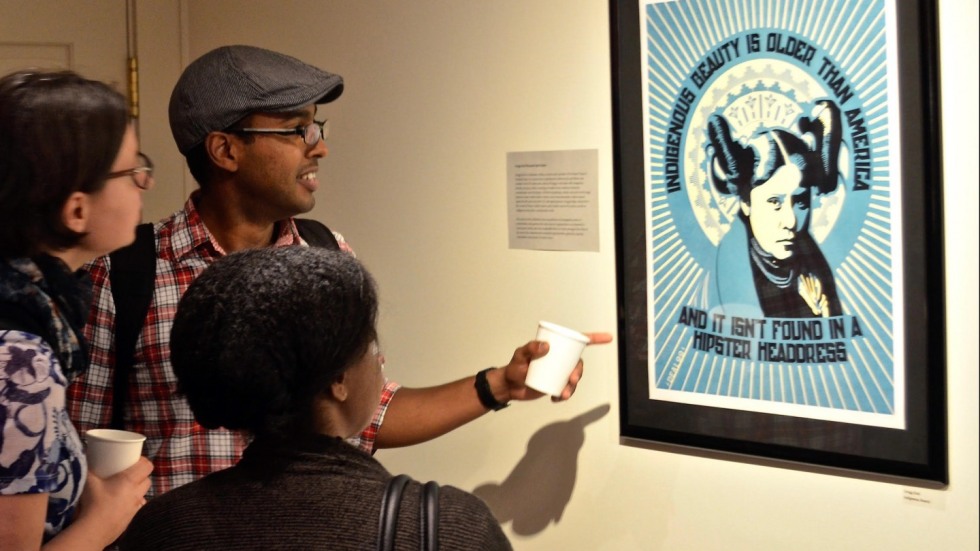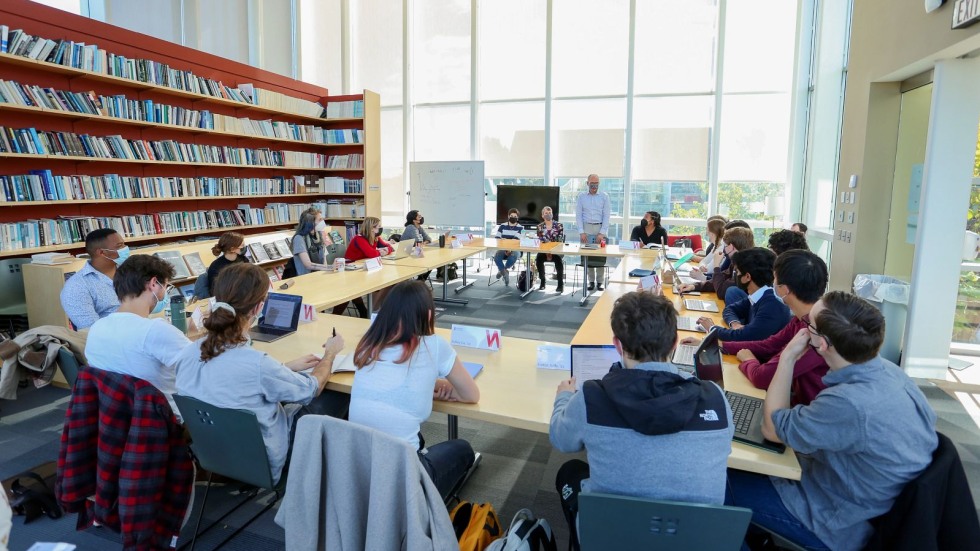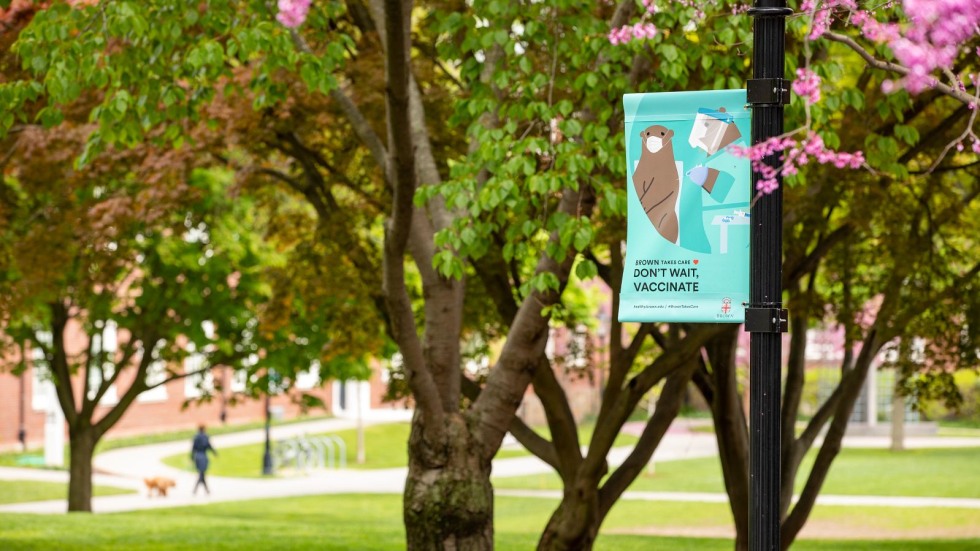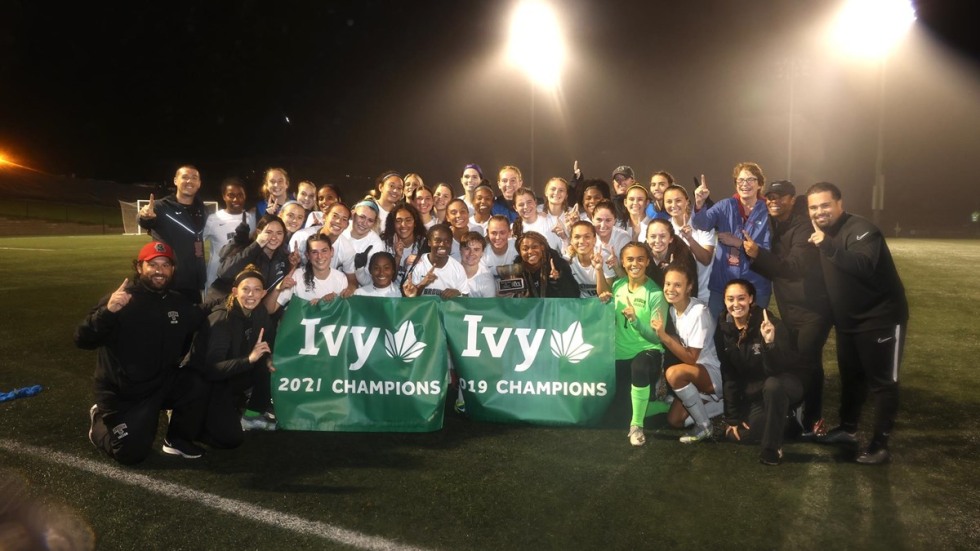PROVIDENCE, R.I. [Brown University] — More than a year ahead of its planned December 2022 end date, BrownTogether, the most ambitious fundraising campaign in Brown University history, has eclipsed its original $3 billion goal.
Given continued momentum in support of BrownTogether’s vision for strengthening Brown, and its positive impact on everything from student scholarships to community engagement initiatives to research on pressing issues, the University will extend the campaign timeline. In the coming months, Brown’s senior leaders and members of the Corporation of Brown University will update the campaign’s priorities and establish a revised fundraising target and new end date.
President Christina H. Paxson said the remarkable generosity of Brown alumni, parents and friends is deepening the educational experience for talented students and enabling scholars on campus to make an ever-increasing impact on societal challenges with implications well beyond campus.
“The momentum and community commitment behind BrownTogether has been simply extraordinary, and we will build on that energy and philanthropic engagement in ways that enable Brown to make a meaningful impact both at home in Rhode Island and across the globe,” Paxson said. “We will continue to focus fundraising for initiatives central to our mission — making a Brown education accessible to the best and brightest students, attracting leading scholars to teach and conduct research in a spirit of free inquiry, and advancing discovery in areas where we can make breakthroughs that improve lives.”
Launched in 2015, BrownTogether has raised funds that are advancing Brown’s mission through investments in people, innovative research and education, campus infrastructure and the student experience.
Sergio Gonzalez, senior vice president for advancement, credits the early success of BrownTogether to the leadership of its co-chairs — Theresia Gouw, Ralph Rosenberg and Joan Wernig Sorensen — and the more than 66,000 alumni, parents, friends, faculty, staff and students who donated and/or inspired others to support Brown’s mission.
“Over the course of the campaign, and time and time again, our alumni and donor community has stepped up and come together in extraordinary ways,” Gonzalez said. “We reached the original $3 billion goal sooner than we could have imagined, and it’s clear that the Brown community is not yet finished. Our donors and supporters want to ensure that Brown makes real and lasting change in society and in the lives of our students.”
Investing in people
Among the campaign’s key goals, $814 million has been raised to support priorities including student financial aid, endowed chairs that advance faculty teaching and research, and diversity and inclusion initiatives.
In total, BrownTogether has generated $347 million in financial aid funding, which includes $110 million for The Brown Promise, an initiative that replaced loans with scholarships in all University-packaged undergraduate financial aid awards beginning in 2018-19. Since then, more than 1,500 students have had initial financial aid packages with no loans, and Brown has seen a 56% drop in the number of students across all income levels incurring debt to cover the costs of attendance.
Another success made possible by campaign funds is the launch of a new initiative to double the number of U.S. military veterans enrolled as Brown undergraduates by admitting student veterans through a need-blind process and offering full financial support. Donors — including Brown parent and U.S. Army veteran Joseph P. Healey — have given $21.3 million to the initiative, with a 71% increase in student veterans enrolled at Brown in just two years.
Another significant outcome of the BrownTogether campaign has been strong donor response to supporting endowed professorships. In total, the campaign has established 110 professorships in academic areas ranging from the humanities and economics to environmental science and computer science.
